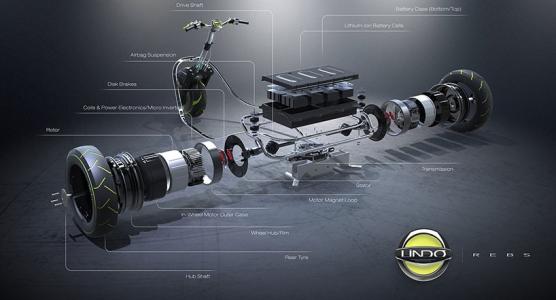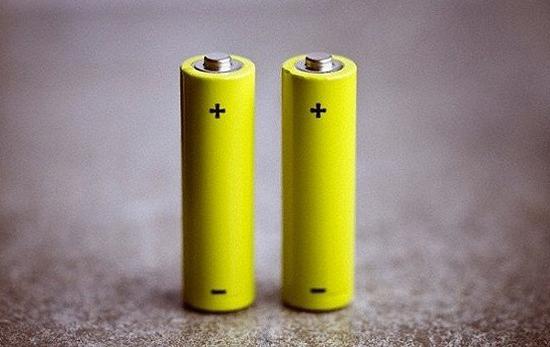Lithium Battery Poisoning-Safety Management
Dec 23, 2019 Pageview:1410
The first lithium battery was introduced in 1991 by Sony. Just like every other new product sweeping the market, it had its pros and cons. As the commercial use of lithium batteries grew globally, many people wondered about the safety risks associated with them. For so long, nickel-cadmium batteries were the only suitable option to use for wireless communication and handy equipment.
As soon as lithium-ion batteries entered the market, many people preferred switching to them because of their various properties. Lithium is a very light metal and has the highest electrochemical potential. Many attempts have been made to create rechargeable lithium batteries but because of its instability, a lot of safety issues were highlighted. The temperature of the lithium batteries would rise so quickly and reach the melting point of lithium metal itself, which would result in a violent explosion, which is why the research then shifted towards creating lithium-ion batteries as they were a safer option, Although, they do have to be monitored while charging and discharging. Their battery chemistry is quite safe and popular in the market now as they have been around for a while.
Lithium-ion batteries are powerful. They have twice the energy of nickel-based batteries and lead-acid. What makes them different is the fact that they’re very low maintenance. The battery doesn’t have a fixed scheduled cycle and the battery can stay safe for long without any periodic charging taking place. It’s very environmentally friendly, has no memory and also self-discharges at a very low rate.
While it has a low energy density, many people wished for them to have longer battery runtime. This is how manufacturers ended up adding more active material into the battery which in the end doubled the energy density since 1991. But all of this did have some consequences. As the density of the battery increased, the manufacturing methods became more critical. A 2.4Ah cell wouldn’t be able to perform a nail penetration test without exploding. The right measures and precautions have to be taken to ensure safety management.
The issues associated with such batteries and is lithium battery poisoning?
Day by day the usage of these lithium-ion batteries is increasing. Our laptops, cameras, and cell phones use these to run smoothly. There are many issues that arise once in a while due to their usage. These batteries which are found in billions of devices that we use daily can have super harmful effects. Most of the issues are aligned with overheating directly. Some metallic particles can come in contact with other components of the battery which results in a serious short circuit in the battery. While many manufacturers work really hard to ensure that there are no metallic particles present while assembling, metallic dust is harder to eliminate because of its complexity and size.
The contamination of certain particles during manufacturing can later cause an internal short circuit. Because these batteries tend to self-discharge, a minor short circuit will cause a slight elevation while it’s self-discharging and because the energy while discharging is very low, heat is also generated. But, in some cases, because of the presence of microscopic metal particles in a high amount in the battery, a very high current is produced between the positive and negative plates. This current causes a rise in the temperature, which results in a huge short circuit and causing the battery to catch on fire. These batteries which are used in standard laptops are never meant to reach a temperature above 130degrees. Above this temperature, they become so thermally unstable, that it vents out huge flames. In a few seconds, a chain reaction might also occur and the whole pack can disintegrate really fast, which is why now dividers are used to separate neighboring cells to avoid this issue.
Cobalt chemistry in the batteries makes the batteries toxic. They leak over 50 gases which include the most dangerous of all, carbon monoxide. Cobalt causes serious risks. If a lithium battery containing cobalt catches fire, the fire cannot be put out with water instead it should be left as it is. Many people are not aware of the dangers associated with the overheating of the batteries. The gases which are emitted are super dangerous and have the potential to cause irritation to the skin, nose and eyes. A lot of dangerous toxic gases are emitted when the battery is fully charged and catches fire, as these gases are in high concentration. This can be quite poisoning for the people and the environment. Since these batteries are used everywhere and in any environment, it can cause serious harm if these gases leak in a sealed and closed environment.
What would you do if children have swallowed lithium batteries?
Every device in the house is likely to have lithium batteries installed. A child can easily have access to remote controls, watches or toys with these batteries in them, lying around the house and might swallow the battery. You should rush to the emergency room if this ever happens. There are many dangers and fatalities associated with swallowing a battery as it causes serious health problems and airway or throat burns. Within 2 hours of swallowing, these batteries should be removed to avoid serious consequences. To avoid this make sure the child doesn’t have easy access to the batteries. Tape all compartments of your devices and check if all devices have a child-resistant locking tool. Do not allow any child to play with the batteries freely.
How do you store lithium battery safely?
99% of our devices use lithium-ion batteries. When storing your lithium-ion battery, you have to make sure it is not empty. Over time, many batteries leak, and if there’s no charge in it while it is stored, then it won't be able to be charged again. Storing it at 0 degrees which is 32 degrees Fahrenheit, is enough as a constant temperature is important to make sure the battery is stored safely. Refrigerators have a temperature of 34-38 degrees Fahrenheit which makes this a whole lot easier. Make sure you don’t store the battery in a damp environment, so put the battery in a Ziploc bag and then keep it in the fridge.
- Prev Article: Intrinsically Safe Lithium-Ion Battery
- Next Article: Lithium Battery Shortage-Definition, Demand and Solution
Leave Message
Hottest Categories
-
Hottest Industry News
-
Latest Industry News












